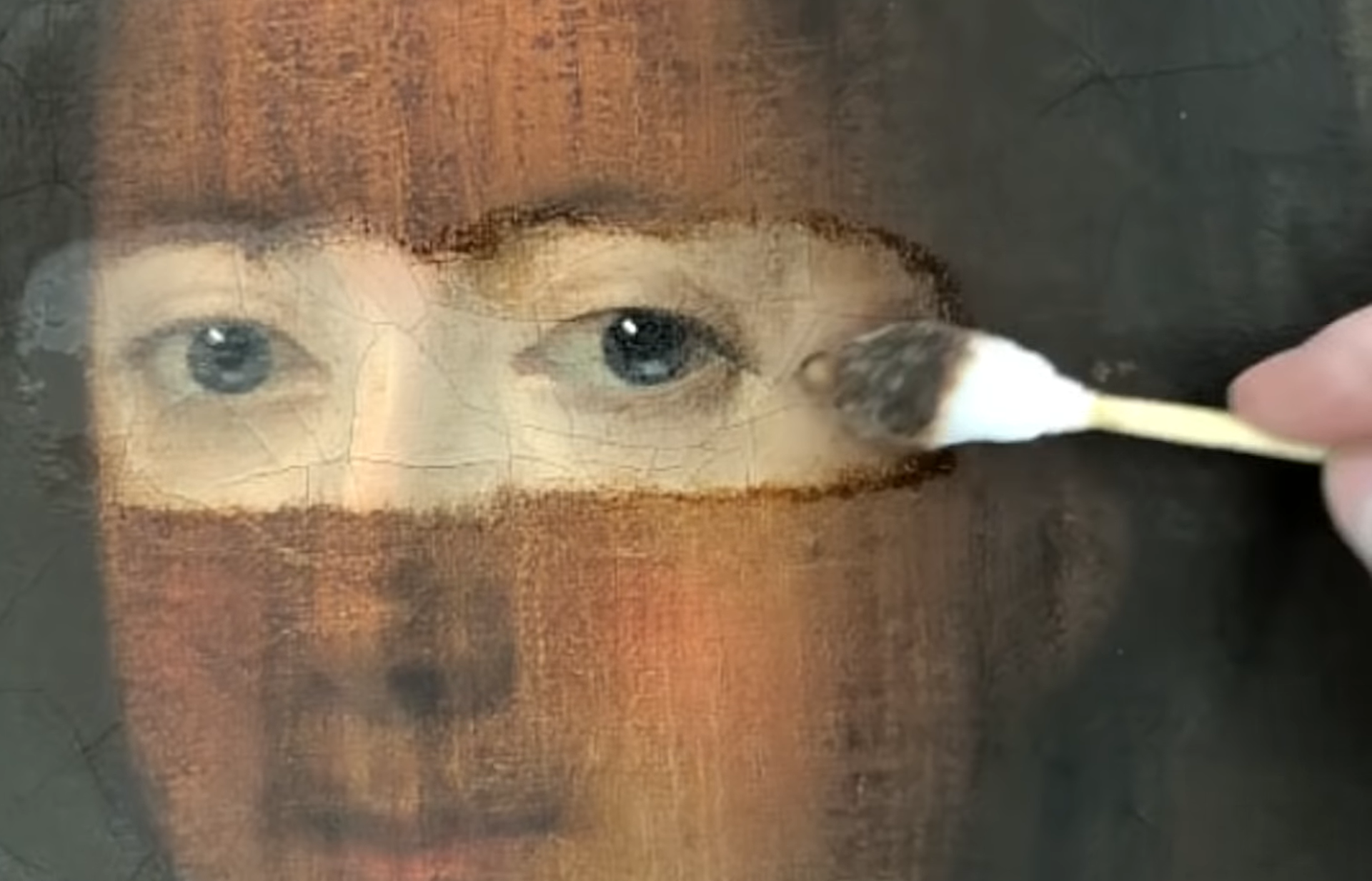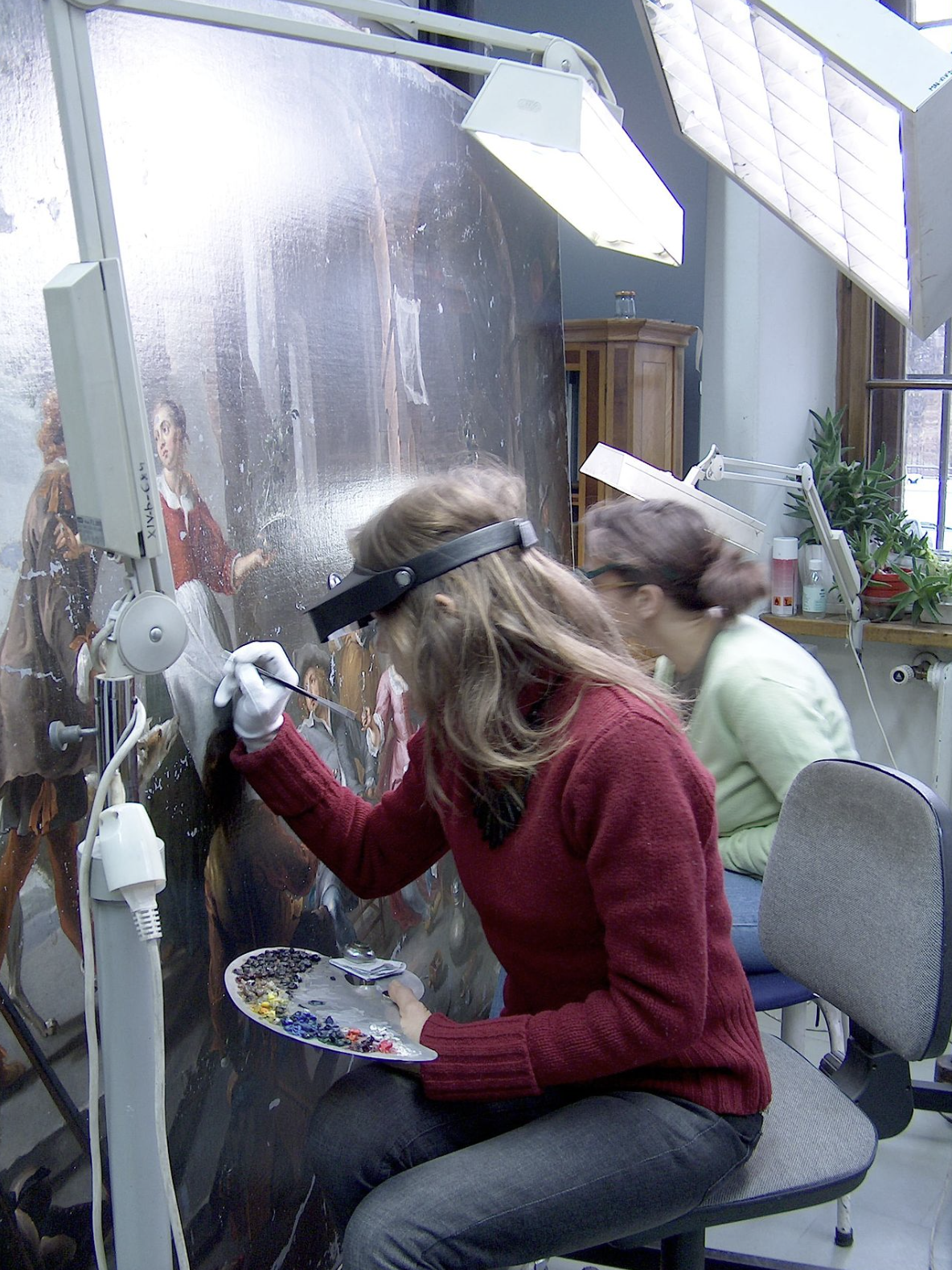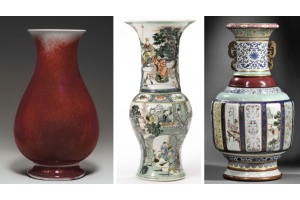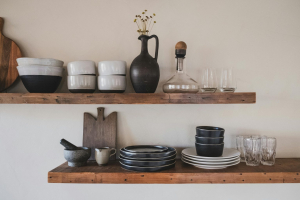So you bought a painting, now what?
-
April 15, 2023
Informational
![Auburnskye. Lone Tree On Lavender Field [Painting]. Available for sale at #Meetarts (contact support@meetarts.org)](https://www.meetarts.org/media/magefan_blog/display2.png)
Written by: Tang Kai Xian
Have you ever wondered how the artworks of artists like Leonardo Da Vinci, Monet, and Rembrandt have preserved their beauty and splendor over the centuries? Whether you're an experienced art collector or just starting out, understanding how to properly maintain your paintings is important for their preservation. Here are some essential guides on how to maintain, store, and protect your valuable paintings to ensure it lasts for generations.
Understanding the Basics of Art Preservation
Art preservation involves more than just keeping a painting in a frame. It encompasses understanding and controlling environmental factors such as light exposure, humidity, and temperature, which can significantly impact the longevity of a painting. Knowing these basics is the first step toward effective art conservation.
Daily and Routine Care for Your Paintings
Regular maintenance can prevent the need for extensive restorations. Simple steps such as dusting your paintings with a soft, dry brush or cloth can keep them vibrant. Always handle artwork with clean hands or wear gloves to avoid transferring oils and dirt onto the surface.
4 Preventive Measures to Protect Your Paintings
1. Optimal environmental conditions is key

Source: Pexels
- No direct sunlight:
Ultraviolet (UV) light is an invisible form of radiation that is present in sunlight and can cause photochemical reactions in the paint and other materials used to create the artwork, leading to fading, discoloration, and deterioration. UV light can cause the pigments in the paint to break down, resulting in a loss of colour intensity and vibrancy over time. It can also lead to cracks and flaking, compromising the integrity of the artwork.
This can be partly mitigated by UV-resistant glazing on a frame. However, it is worth noting that oil and acrylic paintings often do not require glazing as they need to breathe. If you choose to use glazing, make sure to include a spacer in the frame to prevent the glass from touching the paint.
- Control humidity:
Ideally, humidity levels should be kept within the range of 40-60% to protect the stability and integrity of the canvas and paint layers. High humidity levels can promote mould and mildew growth, which can lead to permanent damage to the artwork. Additionally, abrupt changes in humidity can cause the canvas to expand or contract and soak up the moisture at different rates, leading to cracks or deformation.
To manage humidity, it is recommended to use a humidifier during the wetter months and an air conditioner during the drier months to sustain an optimal environment. To further safeguard paintings, it is essential to avoid exposing them to sources of moisture, such as water or steam in kitchens, bathrooms, or other areas with high humidity levels.
- Cool, but not too cool, temperatures:
Generally, the ideal temperature range for storing paintings is between 18 to 24 degrees Celsius. However, high temperatures can cause chemical changes in the paint and other materials, leading to discoloration and loss of vibrancy. Shifts in colour are irreversible. For example, green pigments can change to brown, and blues can turn into greys. Conversely, if the temperature is too low, the paint can become brittle and prone to cracking. In severe cases, where the temperature falls below freezing point, the moisture in the paint and canvas can freeze, causing the layers to separate and crack. For oil and acrylic paintings, it is not recommended to store them at temperatures below 10 degrees Celsius.
2. Dusting with the appropriate tools and techniques

Picture of the process of art restoration (Baumgartner Fine Art Restoration)
Dust accumulation on a painting's surface can lead to discoloration and damage over time. Under average conditions, paintings can be dusted every several years or when they fade. However, before cleaning, it is important to check for any signs of loose or flaking paint, as well as to determine if the painting has a matte surface. To avoid any potential harm to the painting, one should avoid using dry or moist dust cloths, stiff bristle brushes, or feather dusters, as they can cause damage. The threads of a dust cloth are prone to clinging to raised paint areas, while moisture can lead to paint loss, and the usage of bristle-hair brushes or feather dusters can result in damaging scratches on the painting's surface. Hence, it is recommended to use a soft, natural-hair brush with a tip of 3.5cm to 5cm.
Now, being gentle and precise brushing, move the brush slowly in one direction across or down the painting's surface. Then with the same care, repeat the motion but in the opposite direction.
3. Framing

VAH-Yellow Ribbon. My Cherish Angels [Series of 3 Paintings] Available for sale at #MeetArts (contact [email protected])
Framing your painting protects and supports a work during various stages of handling, storage and display. The frame serves as a physical barrier between the artwork and the external environment, safeguarding it from smudges and dents that often results from the handling of unframed works. Depending on the medium of your artwork, your painting may require glazing. Glazing provides additional protection from dust and can even filter out harmful UV rays. In general, more vulnerable mediums such as watercolour and pastel tend to require glazing while acrylics and oil paintings do not.
When deciding on the right frame for your painting, do request that your framer use acid-free and conservation standard materials. Acid-free materials are essential for preventing the deterioration of artwork caused by exposure to harmful chemicals and environmental factors. Acidic materials contain chemicals that can cause the paper and other materials in the painting to break down and become brittle over time, resulting in discoloration, yellowing, etc. On the other hand, conservation standard materials, such as Museum Glass, have been tested and proven to be safe for use in preserving artwork, designed to resist the harmful effects of light, humidity, and other environmental factors that can cause damage to paintings. Therefore, the use of acid-free and conservation standard materials in painting frames can greatly increase the lifespan of the artwork.
If your frame has a protective glass, use cleaning liquid and microfibre clothes to gently clean the glass. Refrain from using damp rags because they tend to leave little marks on the glass that may not only reduce the clarity but also result in long-term damage to the glass.
After cleaning the front of the frame, it is important to maintain the back as well. Regular dusting of the back of the frame can help prevent unwanted particles from entering the frame and potentially causing damage to the artwork.
Finally, when framing the painting on a wall, it is crucial to consider the weight of the artwork before mounting it on a wall. It is important to ensure that the wall and stud are capable of supporting the painting's weight. A recommended approach is to mount two eye hooks onto the back of the frame and connect them with a robust wire. This setup eliminates the need for precise placement of studs on the wall and allows you to keep the painting level without much hassle.
4. Consult an art conservator

Picture of art conservators treating a painting at the National Museum, Warsaw (Wikipedia)
In certain circumstances, seeking the assistance of an art conservator can be helpful and necessary. For instance, if a painting has suffered extensive damage such as cracks, flaking, or missing areas of paint, it is advisable to consult a conservator. Attempting to repair such damage on one's own can lead to further damage or even loss of the artwork. Moreover, if the painting holds significant value, either monetarily or sentimentally, it is advisable to consult a conservator. These professionals have the knowledge and expertise to handle valuable artworks with the utmost care and can ensure that the painting is treated with the proper care and attention it deserves.
Art conservators are the experts who specialise in the preservation and restoration of various forms of art, including paintings. Much like medical professionals, conservators follow a strict set of ethical guidelines based on the principle of minimal intervention and respect for the original artist's intent. As each artwork is unique, the treatment process is carefully tailored to meet its specific needs. Conservators frequently consult with experts to gain a deeper understanding of the artwork, including the artist's intentions and the materials used.
A common technique used by art conservators to analyse paintings is the utilisation of various types of light waves. Infrared light, for example, can be used to examine the underdrawings or underlayers an artist may have used during the composition sketching process prior to the addition of paint medium. For a more comprehensive analysis, conservators may also resort to performing x-rays on paintings. X-rays can provide valuable insights into the layers that exist beneath the paint and are not typically visible to the naked eye.
Following their examination, art conservators may implement a range of techniques to treat and stabilise artworks, which includes cleaning, repairing, and restoring damaged surfaces. These practical procedures may involve cleaning the paint layer, eliminating oxidised and yellowed varnish layers, retouching areas of loss, and consolidating any active flaking paint. Each task demands significant attention to detail and precision, and must be executed with utmost care.
Closing Thoughts
In conclusion, owning a painting is not just about admiring its beauty, but also about taking diligent care of it to ensure its longevity. From choosing the right frame, cleaning materials and techniques, as well as displaying the painting correctly, every step counts in preserving and protecting the artwork. Such efforts are definitely worthwhile, especially if you are looking to pass your artwork down to future generations.
References:
- https://www.lowy1907.com/how-to-protect-your-artworks-from-temperature-and-humidity-damage/
- https://mci.si.edu/caring-your-paintings
- https://www.nationalgallery.sg/magazine/ask-a-conservator-frequently-asked-questions-mar-cusso
- https://artbusinessnews.com/2021/12/tips-for-artwork-care-and-maintenance/
- https://art-mine.com/collectors-corner/2017/01/caring-art-cleaning-protecting/
- https://www.aucklandartgallery.com/art-ideas/conservation-research-centre/caring-for-your-works-of-art?q=%2Fart-ideas%2Fconservation-research-centre%2Fcaring-for-your-works-of-art


 PREVIOUS ARTICLE
PREVIOUS ARTICLE 








